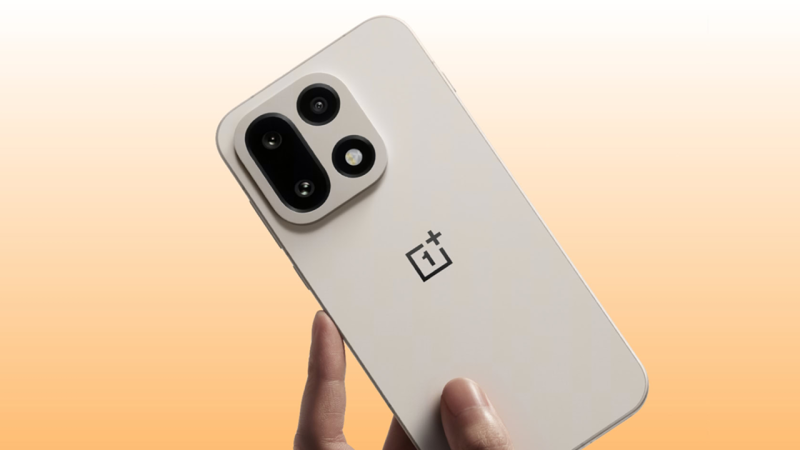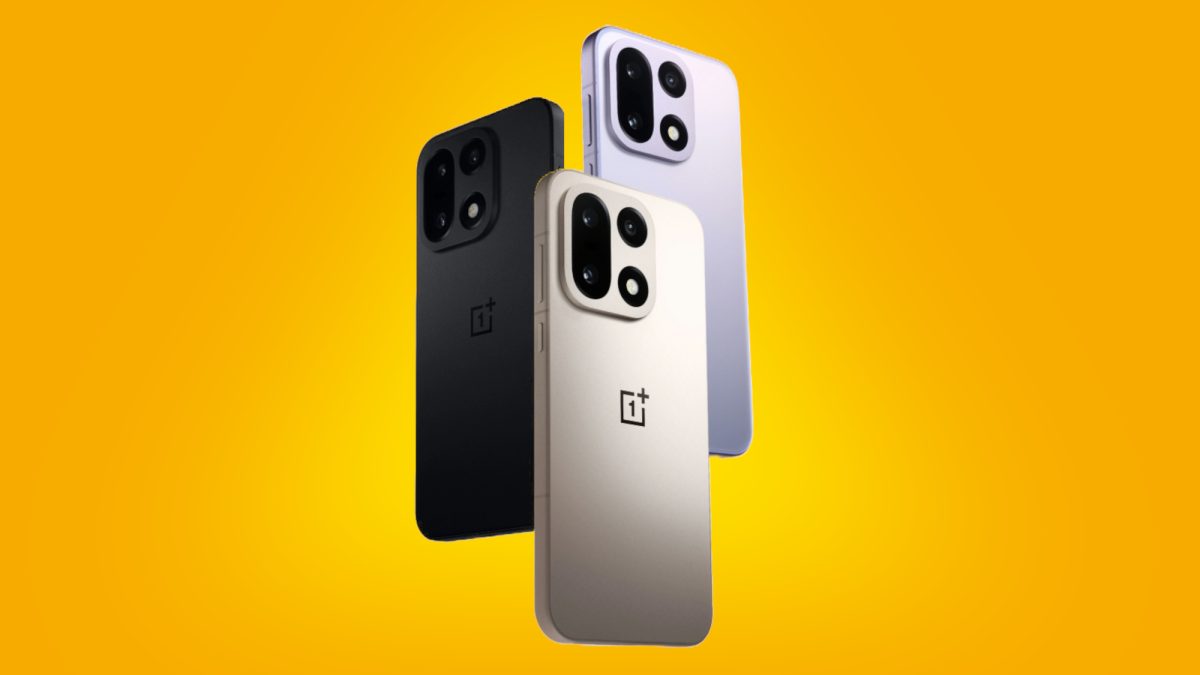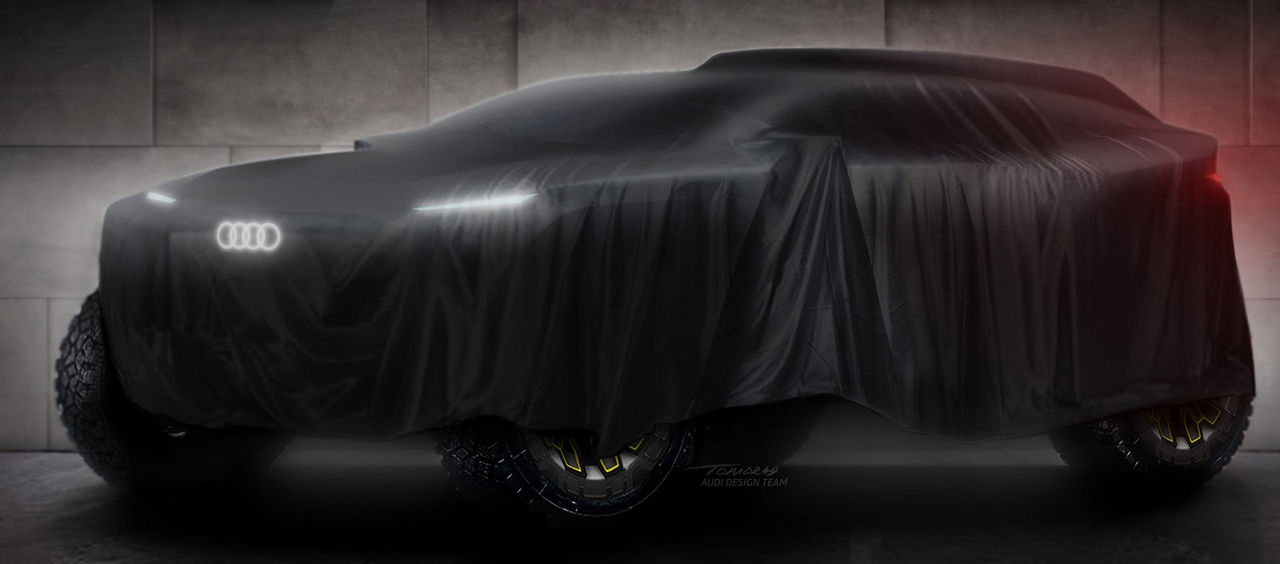OnePlus 15 Review: A Powerhouse with One Big Flaw
OnePlus is back with the 15 (yes they skipped 14 because it’s considered unlucky in China), and honestly, I didn’t expect to be this impressed. I figured we’d get the usual spec bump, a new chip, maybe a design tweak — and that would’ve been enough. But instead, OnePlus has gone completely overboard (in mostly a good way), packing this phone with so much extra hardware and polish that it feels more like a “Pro Max Ultra” than a mid-cycle refresh. Still, as usual with OnePlus, it’s not all perfect — and the camera system remains the Achilles’ heel.
Let’s start with the hardware. The new Snapdragon 8 Gen 5 chip is a beast — fast, efficient, and paired with either 12 or 16GB of super-fast LPDDR5X RAM. It’s overkill, in the best way. UFS 4.1 storage keeps everything snappy, and the phone just flies through any task you throw at it. Whether you’re switching between apps, gaming, or pushing it with multitasking, this phone doesn’t even flinch.
They’ve also completely overhauled the design. It’s cleaner and more squared off, with a matte finish that actually resists fingerprints — rare for black phones. The ceramic-like coating (via something called micro-arc oxidation) is more than marketing fluff. It feels premium, looks great, and seems to laugh off scratches that would normally leave visible marks. The finish is tough — tough enough that it leaves marks on other things rather than taking damage itself.
Build-wise, the phone is surprisingly thin considering they’ve crammed in a massive 7,300 mAh silicon-carbon battery. Battery life is a major strength here. I routinely got 7–8 hours of screen-on time, and often ended the day with 40–50% left. Standby time is excellent too — lose 1% overnight kind of good. It fast-charges at 80W in the US (100W elsewhere) and even supports 50W wireless charging — plus, the charger comes in the box. Again, not something I should have to point out, but here we are.

Display-wise, you’re looking at a 165Hz OLED that’s smooth and sharp, though it’s technically a step down in resolution from the OnePlus 13 (1272p vs. 1440p). In daily use, I didn’t notice the downgrade. What’s cooler is the adaptive refresh rate — it mostly sits at 120Hz, but ramps up to 165Hz in supported games. There’s also a dedicated touch response chip pushing a wild 3200Hz sampling rate. Do you need that? Probably not. But it’s a nice flex
It’s IP69K-rated too, which means it can survive high-pressure, high-temperature water jets. So yeah, this thing could probably handle your washing machine if it came to that. For a company that used to skip IP ratings to save costs, this is a wild — and welcome — change.
Now to the one major letdown: the cameras. On paper, it sounds promising — a triple 50MP setup with wide, ultra-wide, and telephoto. In practice, it’s underwhelming. The main sensor is the same one used in a budget Honor phone, and it kind of shows. Shots often lack detail, colors are muted, and low- to mid-light performance is noisy. The ultra-wide is soft at the edges, and while the 3.5x zoom is decent, it’s not enough to save the setup. Also, the Hasselblad partnership seems to be gone, and with it, a lot of what made past OnePlus cameras interesting.
That’s the frustrating part. Everything else about this phone feels premium, thoughtful, and enthusiast-focused. The performance, battery, display, build — it’s all dialed in. But the camera system drags the whole package down, especially if photography is a priority.
The OnePlus 15 starts at $899 USD (around 11,990 SEK in Sweden), and the 16GB version goes for $999 (~12,990 SEK). For what you’re getting, the value is actually pretty strong. But still, I can’t help but wish they’d just make a true “Ultra” model with flagship-level cameras to match everything else.
In short: If you care about speed, battery, and build quality more than cameras, this is probably one of the best Android phones you can get right now. Just be ready to compromise on photo and video quality — again.
Pros
✅ Top-tier performance – The Snapdragon 8 Gen 5 + LPDDR5X RAM combo makes this phone fly through anything.
✅ Massive battery life – 7,300 mAh battery easily lasts all day (and then some).
✅ Fast charging – 80W wired (US), 100W internationally, plus 50W wireless. Charger included.
✅ Matte, durable build – Ceramic-like coating resists scratches and fingerprints; feels genuinely premium.
✅ IP69K water resistance – Can handle water, dust, and even high-pressure cleaning.
✅ High-refresh display – Up to 165Hz in supported games; buttery smooth UI at 120Hz.
✅ Excellent touch response – 3,200Hz touch sampling makes for ultra-responsive gaming.
✅ Good price-to-performance ratio – Starting at $899 USD (~10,000 SEK), it’s great value for the hardware.
Cons
❌ Underwhelming camera system – Despite 50MP sensors, photos lack detail, color, and low-light performance.
❌ Lower display resolution than predecessor – Slight drop from 1440p to 1272p (though not very noticeable).
❌ No alert slider – Replaced by a customizable button (like on iPhone), but lacks the same intuitive feel.
❌ Camera downgrade – Smaller sensors and apertures than previous models; no more Hasselblad branding or features.



